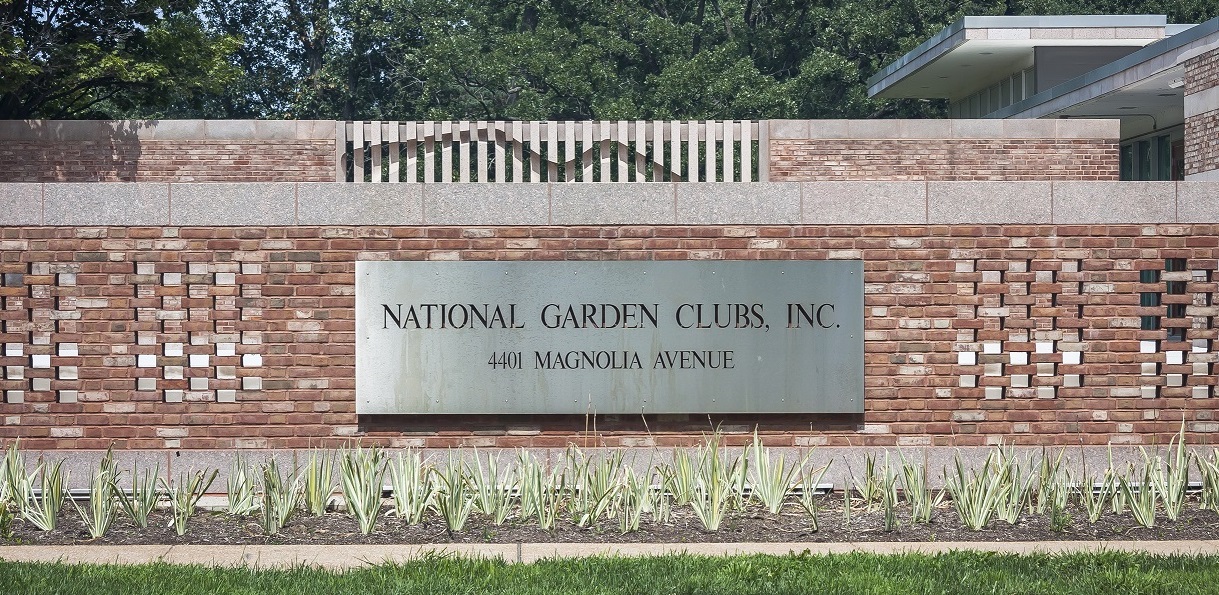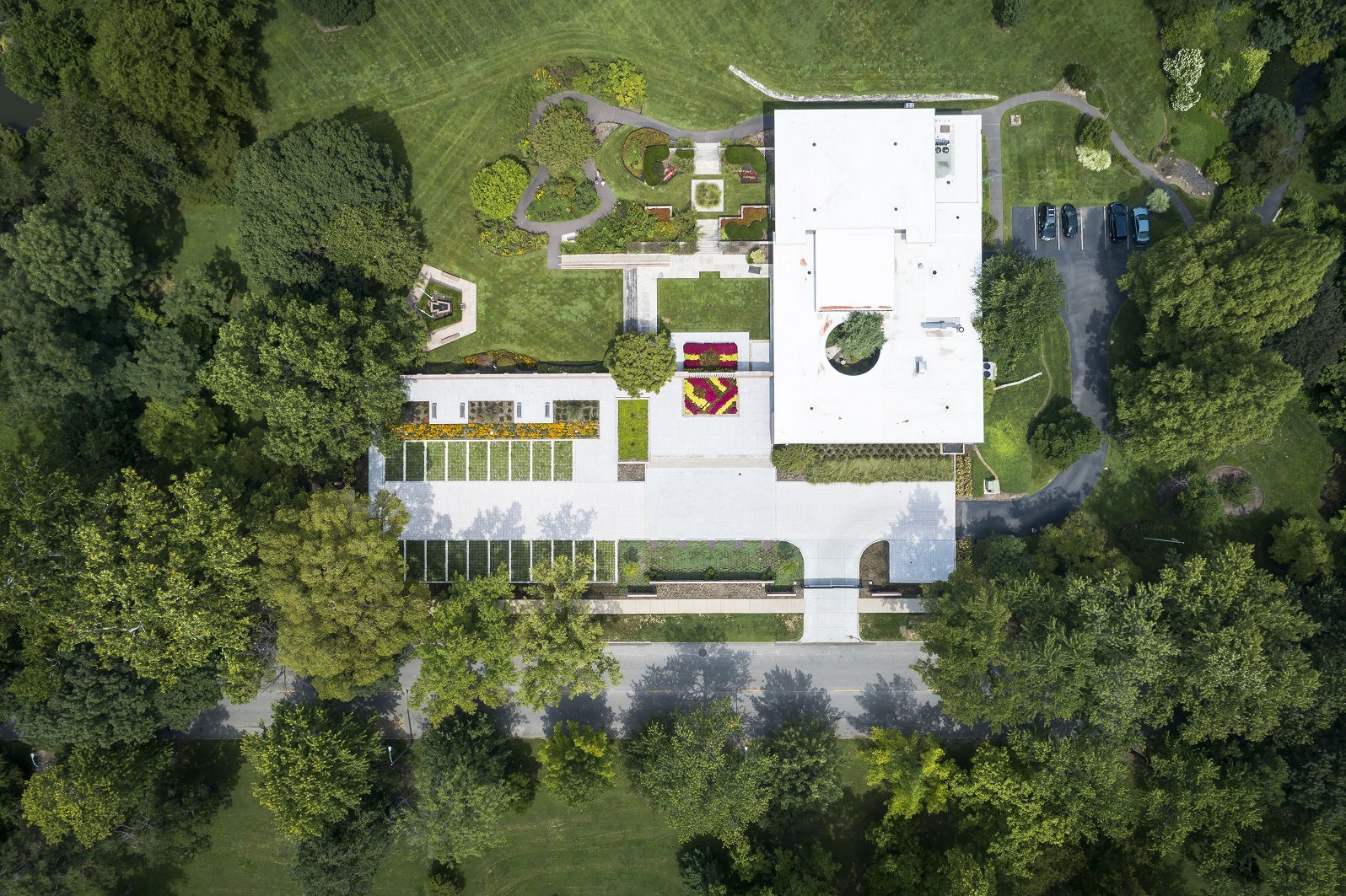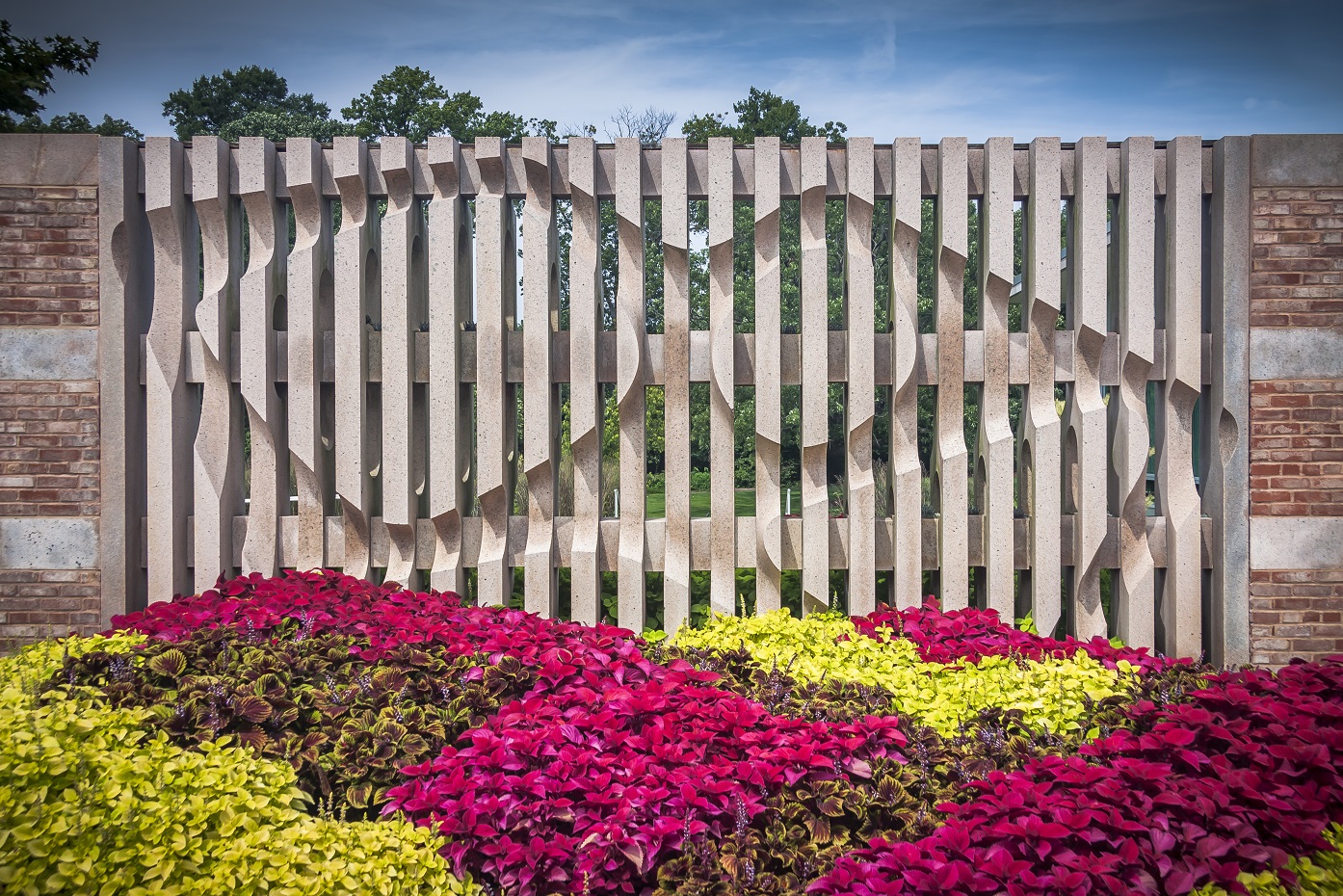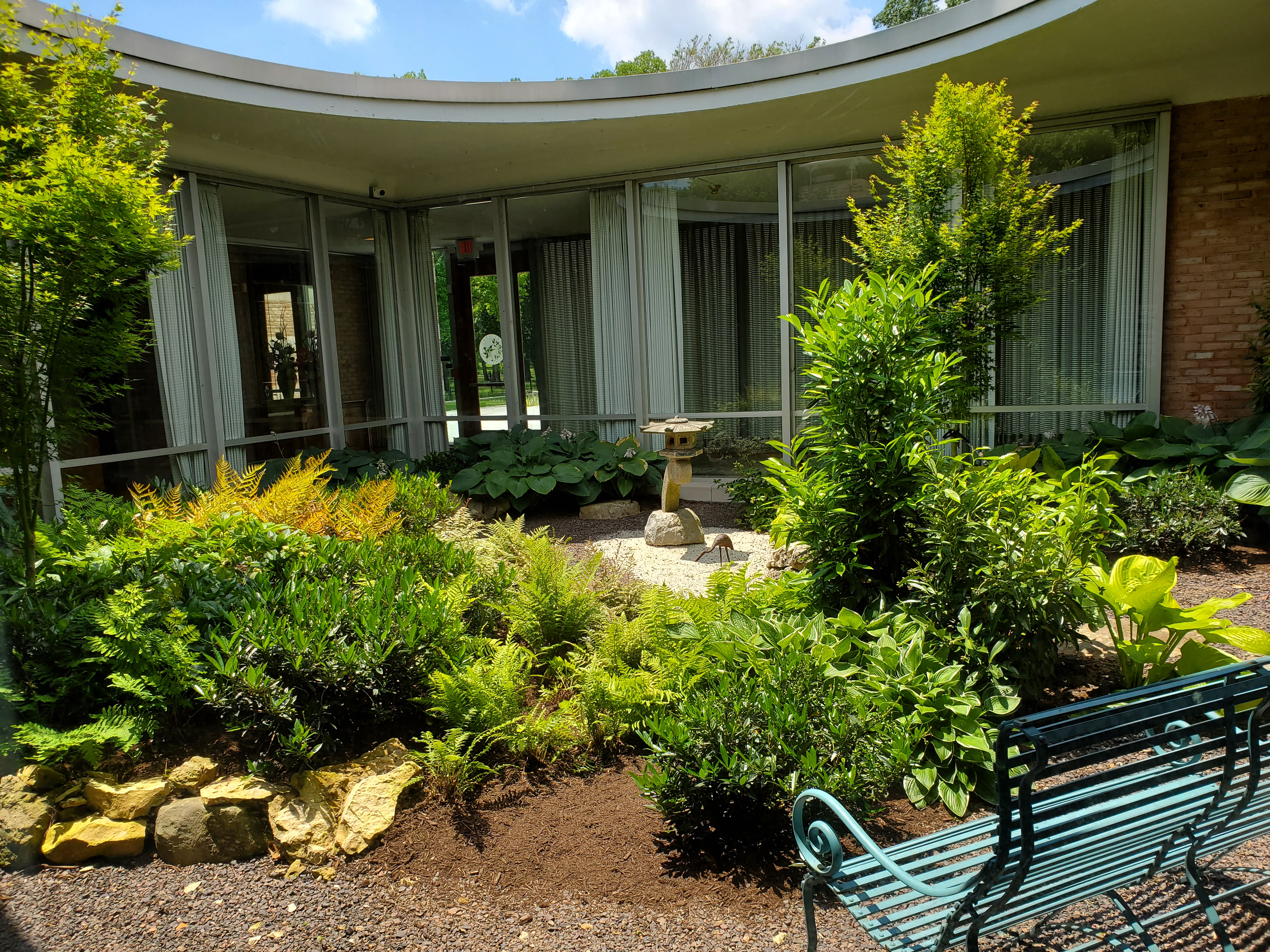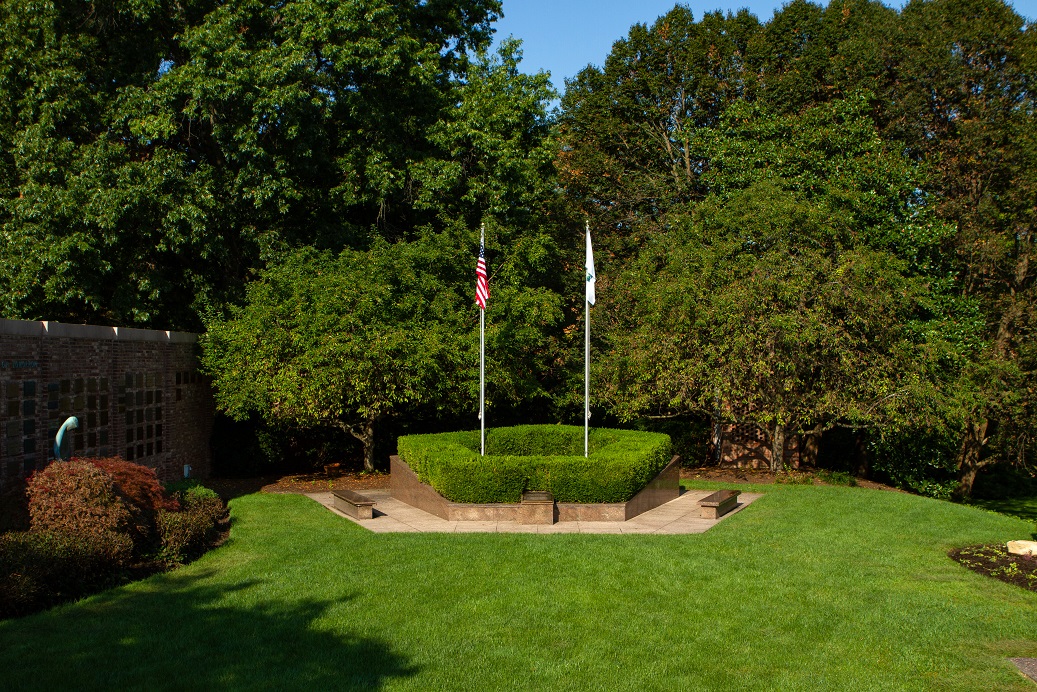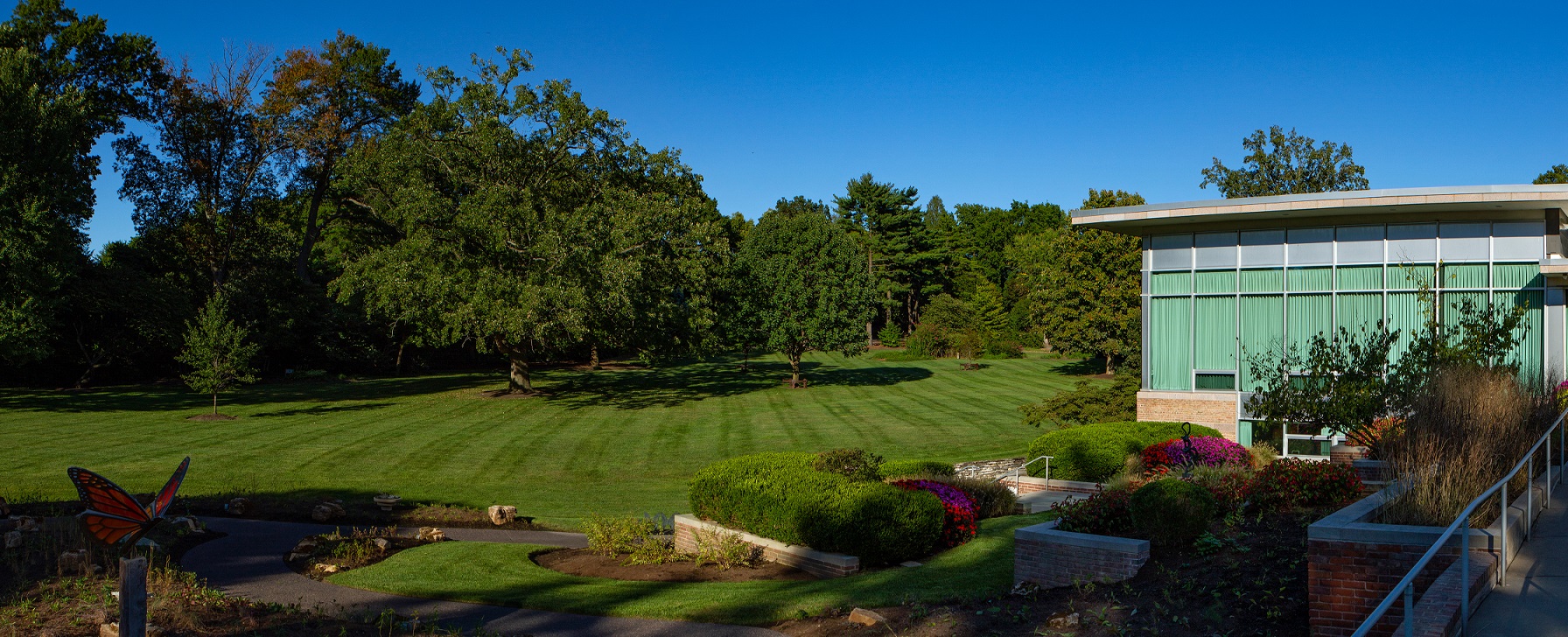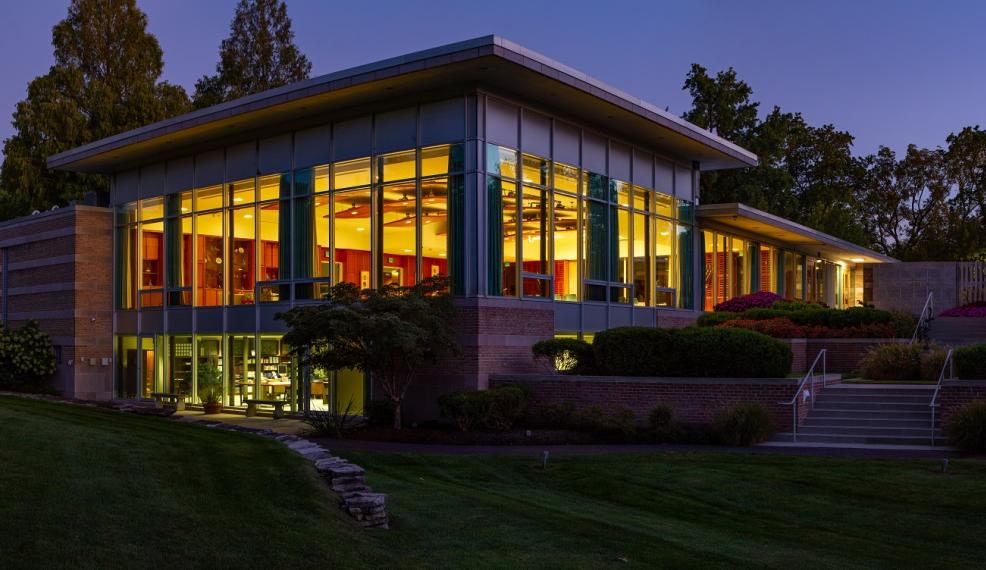History and Mission of National Garden Clubs
National Garden Clubs, Inc. is a 501(c)(3) organization that aims to promote the love of gardening, floral design, and civic and environmental responsibility and we help coordinate the interests and activities of state and local garden clubs in the U.S. and abroad.
The first garden club meeting in the United States took place in Athens, Georgia in 1891. It occurred during a time when women were seeking knowledge about a variety of subjects in study clubs of those with like interests. They felt they needed more knowledge, as they had not had the benefit of a formal higher education.
The topic of gardening was a logical choice for women in Athens, as it was the site of the University of Georgia with its botanical garden. This garden had a collection of thousands of rare plants. With the failure of the botanical garden, many residents had an interest in exchanging plants among themselves.
The idea to have a garden club came from Dr. Edwin Dorset Newton, an Athens physician who had a keen interest in horticulture. Twelve women met in the home of Mrs. Edwin King Lumpkin on a January day in 1891 to form the Ladies’ Garden Club of Athens. The primary purpose was to study plants with each member studying a particular variety. These members dedicated themselves to the study of horticulture and the exchange of plants and ideas for the betterment of their community. Members were encouraged “to carry out experiments with different vegetables, flowers, seeds and so forth to find out which varieties were best.” The first flower show grew from the exhibitions of their flowers and vegetables.
As the number of garden clubs grew, these clubs saw the advantages of joining together into state federations to address common concerns such as groundwater and parks.
On March 11, 1929, representatives of the nineteen state federations were invited to come to New York City to discuss the possibility of forming a national organization. This group decided to move ahead with the idea of the new organization and formed two committees: Nominating and Bylaws.
A second meeting was held in Washington, DC, on May 1, 1929, for the purpose of organizing what is now National Garden Clubs, Inc. The group’s main objective was to form an organization emphasizing horticulture. The Bylaws stated the objective was “to bring into relations of mutual helpfulness the State Federations of Garden Clubs, and to make combined action possible when deemed expedient.” In addition to groundwater and parks issues, another main concern was the Quarantine 37 Act regulating nursery stock that prohibited the importation of Dutch bulbs.
This new organization was named The National Council of State Garden Club Federations. In 1935 the name changed to National Council of State Garden Clubs, Inc. (NCSGC) and again in 2001 to National Garden Clubs, Inc. (NGC). The beginning membership in 1929 of 25,000 in 13 states reached its maximum in 1961-1963 of 417,652 members in 15,233 clubs.
The basic objectives on which National Garden Clubs was formed are still relevant today – knowledge and networking among members across the nation to have one powerful voice.
National Garden Clubs, Inc. provides education, resources, and national networking opportunities for its members to promote the love of gardening, floral design, and civic and environmental responsibility.
Environmental Mission Statement
The environmental mission of National Garden Clubs, Inc. is to review the environmental problems and their possible solutions, to promote environmental literacy and to advocate sound environmental stewardship.
"I pledge to protect and conserve the natural resources of the planet earth and promise to promote education so we may become caretakers of our air, water, forest, land, and wildlife."
NGC aims to help local communities, regions and states in identifying areas of need for community improvement; local garden clubs providing opportunities for service, education, and friendship; and partnerships with concerned organizations who provide resources and support to our local clubs and their projects.

 Board Member Login
Board Member Login Our Store
Our Store Blog
Blog



